Increased Focus on Security Regulations
In recent years, there has been a marked increase in the focus on security regulations across various sectors, significantly impacting the Cargo Scanning Equipment Market. Governments and regulatory bodies are implementing stricter guidelines to ensure the safety of cargo transport, particularly in response to rising threats of terrorism and smuggling. This regulatory environment is driving demand for advanced scanning equipment that meets compliance standards. For instance, the International Maritime Organization has set forth new requirements for container security, which is expected to boost the market for cargo scanning technologies. As a result, companies are investing in state-of-the-art scanning solutions to adhere to these regulations, thereby propelling growth within the Cargo Scanning Equipment Market.
Rising Trade Volumes and E-commerce Growth
The Cargo Scanning Equipment Market is poised for growth due to rising trade volumes and the expansion of e-commerce. As international trade continues to flourish, the need for efficient cargo inspection systems becomes increasingly critical. The World Trade Organization reports that global merchandise trade is expected to grow by 4% annually, which directly correlates with the demand for advanced scanning technologies. Additionally, the rapid growth of e-commerce has led to an increase in small parcel shipments, necessitating effective scanning solutions to ensure security and compliance. This trend is likely to drive investments in cargo scanning equipment, as businesses seek to enhance their logistics capabilities and meet the demands of a dynamic market.
Emerging Markets and Infrastructure Development
Emerging markets are witnessing significant infrastructure development, which is positively influencing the Cargo Scanning Equipment Market. Countries in Asia, Africa, and Latin America are investing heavily in their transportation and logistics infrastructure to facilitate trade and improve security measures. This development often includes the installation of advanced cargo scanning systems at ports and borders. For instance, several nations are modernizing their customs facilities to incorporate state-of-the-art scanning technologies, which is expected to create substantial opportunities for market players. As these regions continue to develop their infrastructure, the demand for cargo scanning equipment is likely to increase, thereby driving growth in the Cargo Scanning Equipment Market.
Integration of Data Analytics in Cargo Scanning
The integration of data analytics into the Cargo Scanning Equipment Market is transforming how cargo inspections are conducted. By leveraging big data and analytics, companies can enhance their threat detection capabilities and improve decision-making processes. This trend is particularly relevant as the volume of cargo traffic continues to rise, necessitating more efficient inspection methods. Data analytics allows for the identification of patterns and anomalies in cargo shipments, which can lead to more targeted inspections. Market analysis indicates that the use of data-driven approaches in cargo scanning is expected to grow by 30% in the next few years. Consequently, the Cargo Scanning Equipment Market is likely to evolve, with a greater emphasis on data-centric technologies that enhance operational efficiency.
Technological Advancements in Cargo Scanning Equipment
The Cargo Scanning Equipment Market is experiencing a surge in technological advancements, which are enhancing the efficiency and accuracy of cargo inspections. Innovations such as 3D imaging, artificial intelligence, and machine learning are being integrated into scanning systems, allowing for more precise detection of contraband and hazardous materials. According to recent data, the adoption of advanced imaging technologies is projected to increase by 25% over the next five years. This trend not only improves security measures but also streamlines the inspection process, reducing wait times at ports and borders. As technology continues to evolve, the Cargo Scanning Equipment Market is likely to see a shift towards more automated and intelligent systems, which could further enhance operational capabilities.


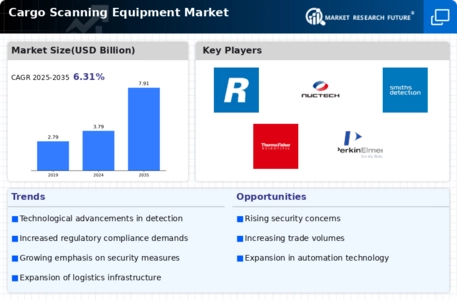
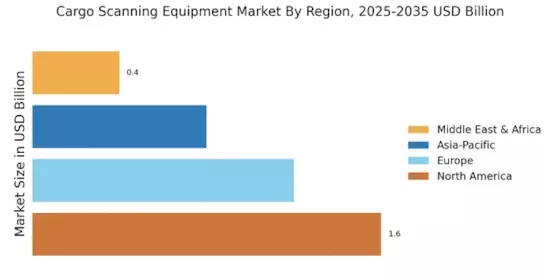
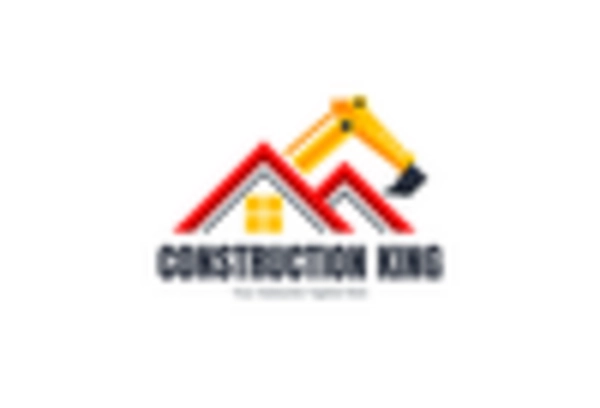

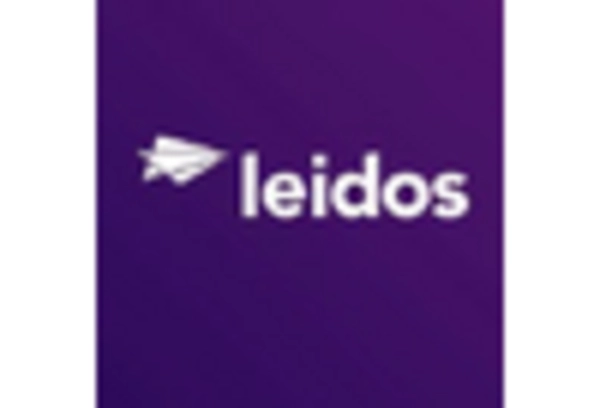
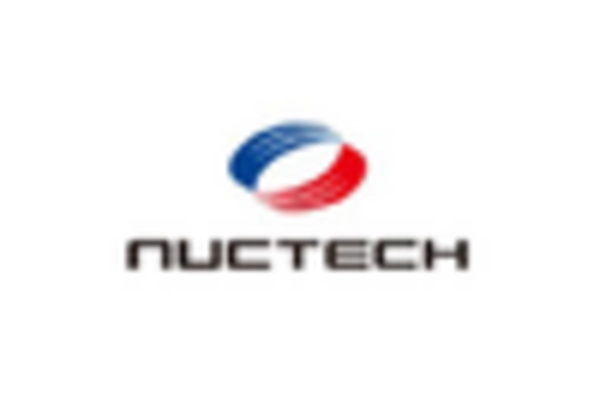
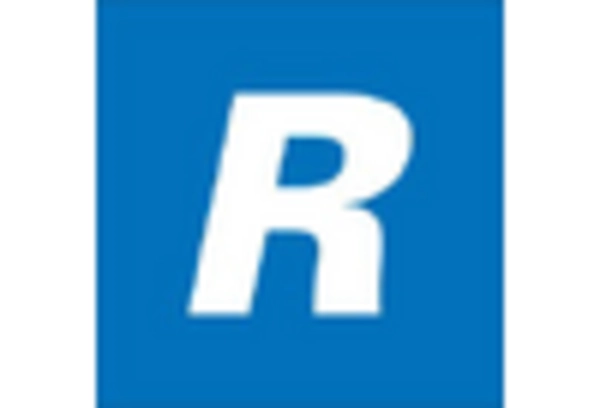
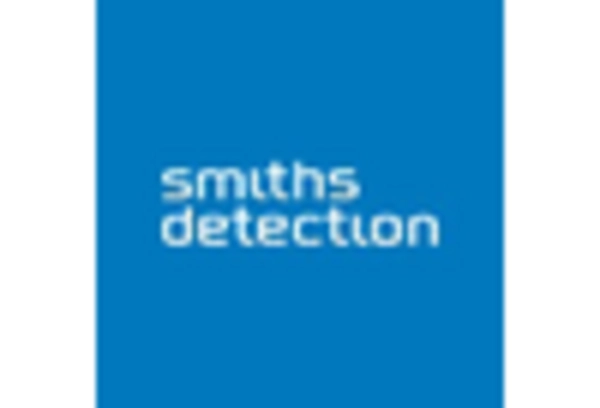








Leave a Comment